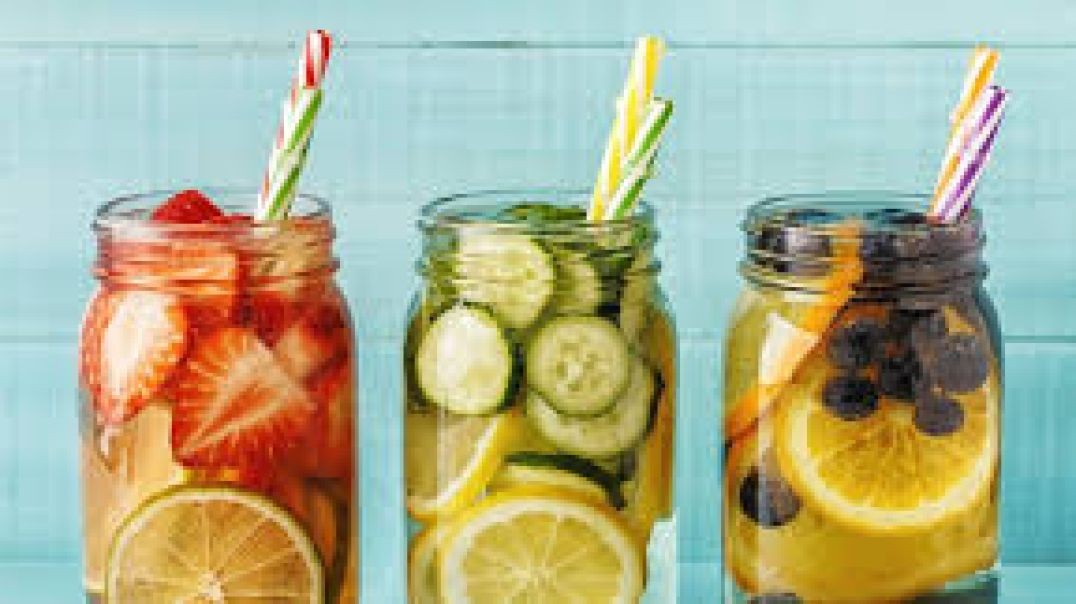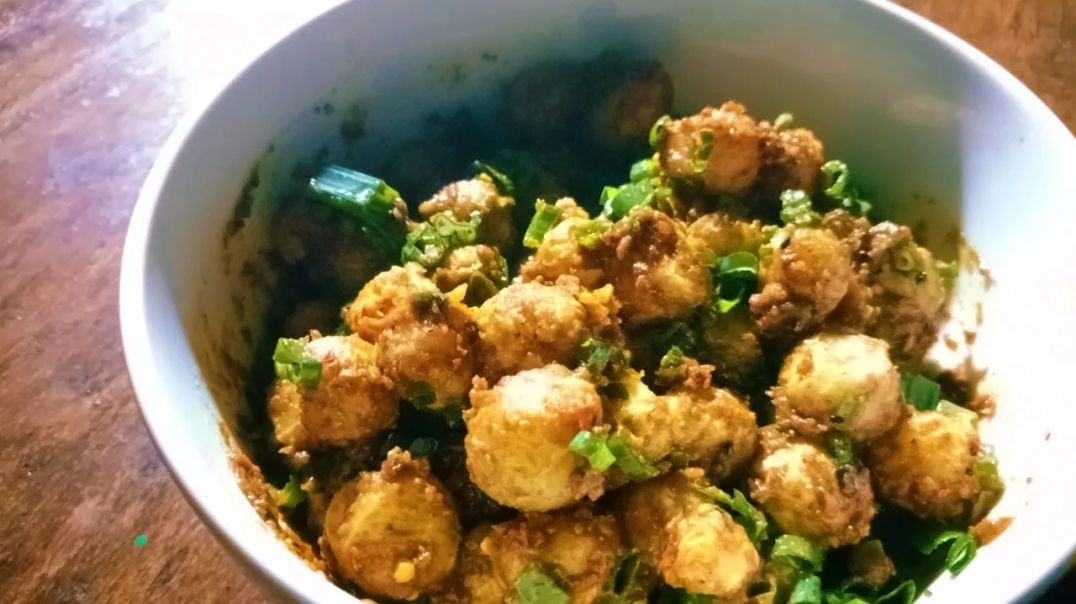Mutton Biryani is a spiced rice dish made with marinated mutton (goat meat) and basmati rice, cooked together in a single pot. It is a perfect balance of tender mutton and fragrant rice, enriched with a blend of spices that add complexity and depth of flavor. The preparation of Mutton Biryani involves slow-cooking the mutton with rice, allowing the meat to absorb all the spices, and the rice to soak in the flavors of the tender meat. This dish is often cooked during special occasions or celebrations and is known for its comforting, satisfying nature.
The key to a great Mutton Biryani is marinating the mutton in yogurt and spices, which tenderizes the meat and enhances its flavor. The rice is cooked with whole spices and layered with the marinated mutton, creating a savory, aromatic dish that is both hearty and luxurious.
Origins of Mutton Biryani
The origins of Biryani date back to ancient times, and it is believed to have been brought to the Indian subcontinent by Persian and Mughal rulers. The word "Biryani" is derived from the Persian word "birian," which means "fried" or "roasted," referring to the way the ingredients are cooked together.
The Mughal emperors are said to have introduced the concept of layered rice dishes, which evolved into the modern biryani. Over time, regional variations of Biryani developed in different parts of the Indian subcontinent, with each region adding its own twist to the dish. Mutton Biryani became especially popular in cities like Hyderabad, Lucknow, and Kolkata, where it has become a staple of the local cuisine.
Key Ingredients of Mutton Biryani
A successful Mutton Biryani relies on a few key ingredients that come together to create its deliciously complex flavor profile:
Mutton (Goat Meat): The star of the dish, mutton is marinated in yogurt, spices, and herbs to make it tender and flavorful. Bone-in mutton is preferred as it imparts more flavor to the dish during the slow-cooking process.
Basmati Rice: Long-grain basmati rice is essential for Biryani. It has a fragrant aroma and remains separate and fluffy when cooked properly. The rice absorbs the rich flavors from the meat and spices.
Yogurt: Yogurt plays a crucial role in marinating the mutton. It helps tenderize the meat while adding a creamy texture and mild tanginess to the dish.
Spices: The spice blend for Mutton Biryani includes a mix of whole and ground spices. Whole spices like cinnamon sticks, cloves, cardamom pods, and bay leaves infuse the rice and meat with their aromatic oils. Ground spices like garam masala, red chili powder, turmeric, and coriander powder provide depth and heat.
Fried Onions: Onions are thinly sliced and fried until crispy. These add a crunchy texture and a sweet flavor, enhancing the overall taste of the dish. Fried onions are also used as a garnish.
Herbs: Fresh mint and coriander leaves are used in both the marinade and as a garnish. They add freshness and aroma to the dish.
Saffron: Saffron, when soaked in milk, adds a rich color and a delicate fragrance to the biryani, elevating its presentation and flavor.
Ghee: Ghee (clarified butter) adds richness to the biryani. It is used in the cooking process to fry the spices, rice, and mutton, contributing a luxurious texture and flavor.
How to Make Mutton Biryani: A Step-by-Step Guide
Making Mutton Biryani is a labor of love that requires patience, but the result is a flavorful, aromatic dish that is well worth the effort. Here's a simple recipe to help you make a delicious Mutton Biryani at home:
Ingredients:
- 1 kg mutton (cut into pieces)
- 2 cups basmati rice
- 2 large onions (thinly sliced)
- 2 tomatoes (chopped)
- 1 cup yogurt
- 2 tbsp ginger-garlic paste
- 2 tsp red chili powder
- 1 tsp turmeric powder
- 1 tsp garam masala powder
- 2 tsp cumin powder
- 4-5 whole cardamom pods
- 4-5 cloves
- 2 cinnamon sticks
- 2 bay leaves
- Fresh mint leaves
- Fresh coriander leaves
- 2 tbsp ghee
- 1 tbsp saffron strands (soaked in 2 tbsp warm milk)
- Salt to taste
- Water as needed
Instructions:
Marinate the Mutton:
- In a large bowl, combine the mutton with yogurt, ginger-garlic paste, red chili powder, turmeric powder, garam masala powder, cumin powder, and salt. Mix well and let it marinate for at least 2 hours (or overnight in the refrigerator) to allow the spices to infuse the meat.
Prepare the Rice:
- In a large pot, bring water to a boil. Add a pinch of salt and a few whole spices (cardamom, cloves, cinnamon, and bay leaves). Add the basmati rice and cook it until it's about 70-80% done (parboil the rice). Drain the rice and set it aside.
Fry the Onions:
- In a large skillet or pan, heat some ghee and fry the thinly sliced onions until golden brown and crispy. Remove them from the oil and set them aside. These fried onions will be used as a garnish.
Cook the Mutton:
- In the same pan, add the marinated mutton and cook over medium heat for 10-15 minutes. Stir occasionally and cook until the mutton is browned and partially cooked. Add chopped tomatoes and cook for another 5 minutes until the tomatoes soften and blend into the gravy.
Layer the Biryani:
- In a large, heavy-bottomed pot, add a layer of cooked mutton at the bottom. Then, add a layer of partially cooked rice on top of the mutton. Sprinkle fried onions, mint leaves, coriander leaves, and saffron milk over the rice. Repeat the layers until all the mutton and rice are used up.
Cook the Biryani (Dum Process):
- Cover the pot with a tight-fitting lid or seal it with dough. Place the pot on low heat (you can place a tawa/griddle underneath to avoid direct heat) and cook for about 25-30 minutes, allowing the flavors to meld and the rice to cook through.
Serve:
- Once the biryani is ready, gently fluff the rice and serve hot with a side of raita, salad, or boiled eggs.
Variations of Mutton Biryani
While the basic ingredients of Mutton Biryani remain similar, there are several regional variations that offer unique twists on the dish:
Hyderabadi Mutton Biryani: Known for its spicy and flavorful profile, this version uses the "Dum" cooking technique, where the biryani is slow-cooked in a sealed pot over low heat. It often includes additional ingredients like boiled eggs and potatoes.
Lucknowi (Awadhi) Mutton Biryani: This version from Lucknow is known for its delicate flavor and aromatic spices. The rice and mutton are cooked separately and then layered, creating a more subtle flavor compared to the more intense Hyderabadi version.
Kolkata Mutton Biryani: This version is lighter on spices and often includes boiled potatoes along with the mutton, which absorb the flavors of the dish during the cooking process.
Sindhi Biryani: A variation from Sindh (Pakistan), this biryani is known for its fiery spiciness, with a heavy use of green chilies and yogurt, giving it a tangy and spicy kick.
Conclusion
Mutton Biryani is more than just a meal; it is a celebration of flavor, tradition, and culture. Its rich aroma, tender mutton, and fragrant rice make it a dish loved by many across the globe. Whether you're making it for a special occasion or simply craving a comforting and hearty meal, Mutton Biryani never fails to impress. With its diverse regional variations and timeless appeal, it's a dish that brings people together and creates unforgettable culinary experiences.










